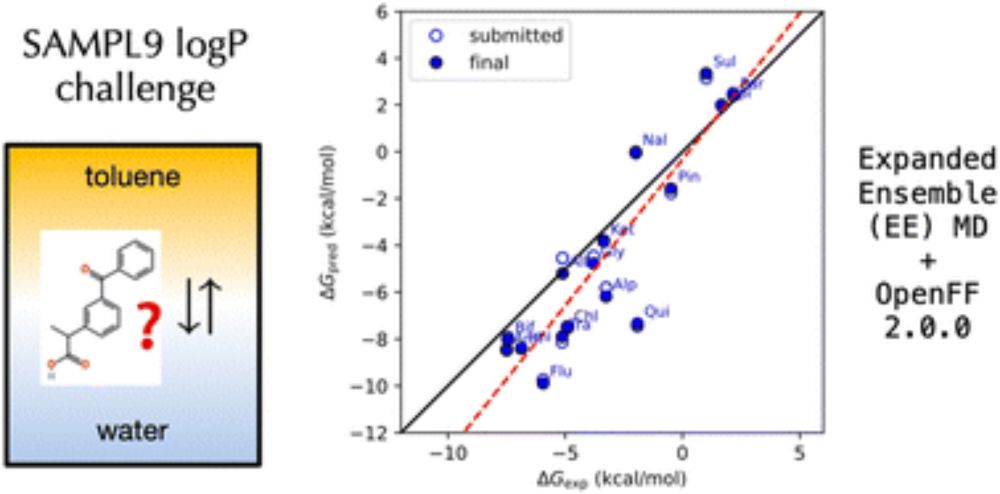

pubs.acs.org/doi/10.1021/...

pubs.acs.org/doi/10.1021/...
livecomsjournal.org/index.php/li...
livecomsjournal.org/index.php/li...

docs.openforcefield.org/projects/nag...
docs.openforcefield.org/projects/nag...


Do you agree, #chemsky ?

Do you agree, #chemsky ?
Polymer building made 🪄 easy 🪄 thanks to reaction SMARTS and @rdkit.bsky.social
#opensource #compchem
#opensource #compchem
#opensource #openscience #compchem

#opensource #openscience #compchem
We are looking to support applicants to the #MSCA Postdoctoral Fellowships scheme in collaboration with @openforcefield.org!
The call opens soon, get in touch if interested ⬇️ tinyurl.com/yxbpj4y4
We are looking to support applicants to the #MSCA Postdoctoral Fellowships scheme in collaboration with @openforcefield.org!
The call opens soon, get in touch if interested ⬇️ tinyurl.com/yxbpj4y4
#opensource #compchem

#opensource #compchem
#opensource #compchem
#opensource #compchem
#opensource #compchem

#opensource #compchem
Here's one fresh off the oven - github.com/openforcefie...

Here's one fresh off the oven - github.com/openforcefie...
doi.org/10.1039/D4CP...

doi.org/10.1039/D4CP...

